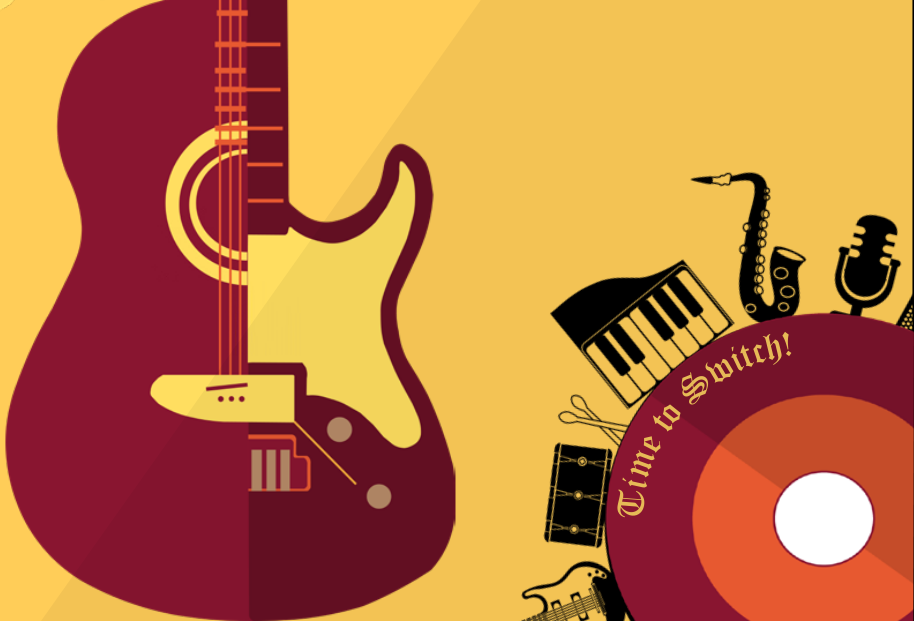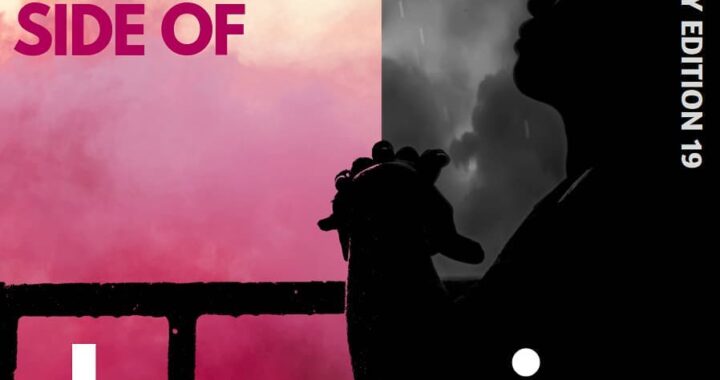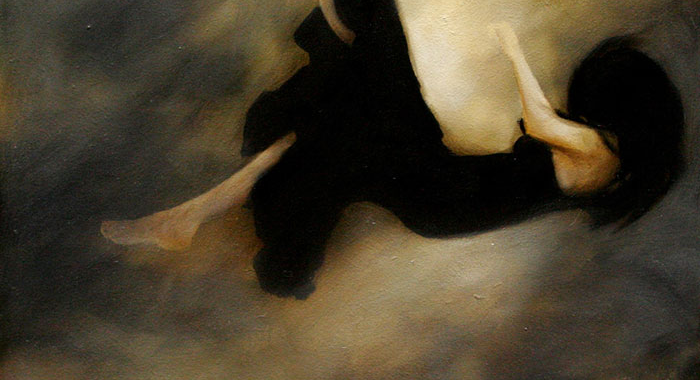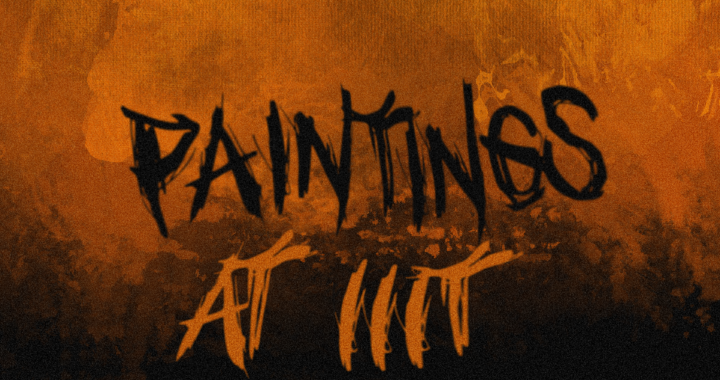From Country to Electronic Pop…

From Country to Electronic Pop…
Taylor Swift, and why musicians change genres
Haters gonna hate hate hate…
Taylor Swift shook the world when she released ‘Shake It Off’ from her massively popular ‘1989’. The ‘dance-pop’ hit debuted at number 1 on the Billboard Hot 100 and became a radio staple all across the globe, staying on the chart for an impressive 50 weeks. The uptempo beat, the saxophones and her rap make it hard for anyone to not dance to it. Surely, the southern country accent wasn’t a thing of the past?
I remember listening to Shake it off (at least a million times) in high school, dancing to it at every party. I was a huge fan of her music and when she began teasing the announcement of her new single, I could hardly wait. The video premiered on YouTube, and it had hardly been fifteen minutes before the video amassed 20 thousand views. Surely, I wasn’t the only one anxiously awaiting a Taylor Swift song; it had been two long years since the world had new Taylor Swift material. I remember coming back from school, throwing my bag away, turning on the computer and googling ‘Taylor Swift Youtube’. With an overload of enthusiasm and curiosity, I instantly hit the play button and it was…weird. Really weird. Not the song, but the thoughts in my head. Don’t get me wrong, the beat was extravagant and it instantly made me want to get off my feet and start dancing to the awesome tune. But it took me a while to comprehend that it was actually a Taylor Swift song. I had expected banjos and guitars, her classic country sound from her previous albums. But that was inconspicuous, Taylor Swift had just deleted her country style and traded it for the rising popularity of dance-pop.
It’s undeniable that pop has garnered a reputation of being the genre which trades lyrics in favour of earworms. Naturally, the industry began speculations about Taylor’s move, wondering if her best days were behind her. Would the 14-year-old girl who took the country world by storm turn out to be an ordinary crowd-pleaser?
Soon enough, critics all over the world praised her departure from her earlier country pop albums. They said it was a refreshing change, making her a great pop star for the ages. The song became one of the most-viewed videos on YouTube. 1989 became one of the most defining albums of the 2010s and marked her transition from her trademark country style to pure electro-pop. More singles from the album were released, including Blank Space, Bad Blood and New Romantics, which all became immensely popular and were radio hits across multiple countries. Even in the online-streaming world where people rarely go to music stores to buy albums, 1989 sold 10 million copies worldwide and cemented Taylor Swift’s place as one of the greatest musicians in the world.
But it just wasn’t Taylor Swift. Gone was that girl madly in love with Tim McGraw (after whom she even named a song!). Gone were the days when she had teardrops on her guitar. That little girl, who once went to Nashville record labels with her mother to submit her demo tapes, had now seemingly forgotten about her country music roots. After 1989, Taylor Swift released the massively successful ‘Reputation’ which was again completely electro-pop and synth-pop. But gone was the harmonica, the bass and the fiddle, replaced by drum pads, programmed instruments, processed and overlapped vocals. Guess old taylor really wouldn’t come to the phone this time. Artists generally have individual unique styles and we see elements of it across their albums, like the squeals and hiccups of Michael Jackson, or those distinctive guitar riffs from every Guns N’ Roses song. But Taylor Swift, ever since ‘1989’, has been a very different artist that she was in her country days.
But Why?
Why would Taylor Swift, one of the greatest country musicians in the world, move on to electro-pop? Was she bored of it? Did she want to try something new? Or was it because country music was dying and the only way to stay ‘relevant’ in the 2010s was to start making electronic pop music? Maybe she was just experimenting with her genre and style?
One major reason for her switch could be her Album of the Year loss at the Grammy’s for her album RED. Lauded and criticized by critics for being a fresh take on the country while simultaneously straying too far from the typical country sound, RED was a polarizing album in terms of sound. In recent memory, Old Town Road faced such problems before Billy Ray Cyrus joined the remix. Swift claims that the loss pushed her towards pop – a statement against her critics who attempted to box her into one sound.
The music scene today is certainly very different from what it was in the ‘90s, and even more so than in the ‘80s. There was a phenomenal difference between the ‘80s and ‘90s itself! The ’90s were really infamous for bringing about a great change, with grunge and hip-hop starting to dominate the airwaves, thereby sending many rock n’ roll bands out of business. But some artists did manage to survive the changes.
Bon Jovi, one of the greatest selling rock bands in the world, was extremely popular in the 1980s. With numbers such as ‘Livin’ on a Prayer’ and ‘You give love a bad name’, they had taken over the rock scene. These songs still receive get airplay from radio stations all over the world. But then came the 90’s and with the advent of grunge, Britpop and lots of boy-bands, and ‘Bon Jovi had to either adapt or die’. But they survived, and they did so without letting go of their classic ‘hard rock’ sound. They had evolved, the lyrics were darker and more mature, no more cheesy choruses. They changed visually too, with the lead singer chopping his signature long hair and felt it was time to say goodbye to their spandex uniforms. But they did not let go of their classic rock sound, with classy guitar solos and thumping bass lines. Then came the 21st century, and Bon Jovi came up with arguably their most popular song to date – ‘It’s My Life’ which took over rock stations, thereby introducing them to a younger fanbase. They managed to stay relevant, but then definitely died out in the 2010s. The band released three albums in the past decade, out of which not even a single song hit the Billboard charts.
‘Staying Relevant’??
Even U2, another very popular 80’s band, saw a decline in their popularity during the 90’s and they just couldn’t blend in to the music scene even though they tried experimenting a lot with their sound. U2’s guitarist, The Edge, famously said that the band had “taken the destruction of the rock n’ roll band format to its absolute nth degree”. They wanted to ‘reapply for the job of the best band in the world’ did so very successfully in the early 2000s. They returned back to their rock roots with ‘All that you can’t leave behind’, regarded as one of the greatest albums of all time and won 7 grammy awards (interestingly, over multiple years!). U2 somehow survived the 90s (it’s a lot more complicated, a story for another day) but not every band did. The rock scene soon died out and was taken over by the newly emerging genres. U2 was an exception and so was Bon Jovi, but it was generally seen that the artists who failed to comply to the music scene of the time died out.
But is Taylor Swift the only one who switched genres so drastically? Let’s look at Katy Hudson (popularly known as Katy Perry, she changed her stage name to avoid confusion with Kate Hudson, the actress!), whose first album was actually a Christian rock album! This eponymous album was released way back in 2001 saw her exploring Christian rock music and the lyrics talking about her faith in God. It was quite unsuccessful, and she soon rebranded herself as Katy Perry. She rose to fame with ‘One of the Boys’, a pop-rock album and a significant departure from her gospel music. One can only imagine how her listeners felt when she followed up the Christian album with ‘I Kissed a Girl’ in 2008. However, she still stayed true to her rock roots and most of the songs on the album contained the classic bass-guitar-drum line-up. It was when ‘Teenage Dream’ was released that she really ventured into disco, electronic and hip-hop. She became hugely popular and ‘Teenage Dream’ was only the second album (after Michael Jackson’s ‘Bad’) to spawn five number one singles! Katy Perry had established herself as one of the prominent artists of the 21st century. Her 2017 album ‘Witness’ was purely electro-pop and EDM, easily distinguishable from her gospel music. Would she still have been as successful as she is today, had she continued to compose christian rock music? Hard to say, but probably not.
The 2010s had ushered in a new era of EDM, electronic pop and club music. Gone were the days of rock n’ roll, where you’d actually listen to a rock song on the radio. All the rock bands were old and white-haired and the Billboard Hot 100 would rarely have a rock song on its list. As the new decade begins, there are further shifts in the music industry, namely the surge of hip-hop and R&B. Interestingly, R&B has occupied such a large share of the industry that even Justin Beiber – former pop prince – promoted his new album as R&Bieber.
While I began my research hoping to find a single definitive answer to the question of genre-hopping, I’ve realized there is perhaps no single answer. It’s easy to label genre-switchers as unfaithful money grabbers but as seen with U2, there is no guarantee of success. In the end, the music world is unpredictable – evident in the excitement leading up to the weekly billboard charts – and it’s in this lack of certainty that beautiful music emerges. Artists may switch for personal reasons, a reflection of their journey through life, or purely to have broader appeal, but success is a parameter that cannot be predicted. At the end of the day, we shouldn’t worry too much about our favourite artists switching boats once in a while, because more often than not, the music world changes for the better. But it will always break my heart a little because the world would probably never get to listen to a Taylor Swift country song again.


 A perspective on sports in IIIT
A perspective on sports in IIIT  Practical Guide to Moving on
Practical Guide to Moving on  The Healthiness of Depression
The Healthiness of Depression  Deep Impact
Deep Impact  BOOOONEE!
BOOOONEE!  Mental Health, or the Lack Thereof
Mental Health, or the Lack Thereof  Vipul Kedia on building Felicity | The story of how it all began…
Vipul Kedia on building Felicity | The story of how it all began…  Paintings of IIIT
Paintings of IIIT  The Tale of Jagruti
The Tale of Jagruti
1 thought on “From Country to Electronic Pop…”
Comments are closed.